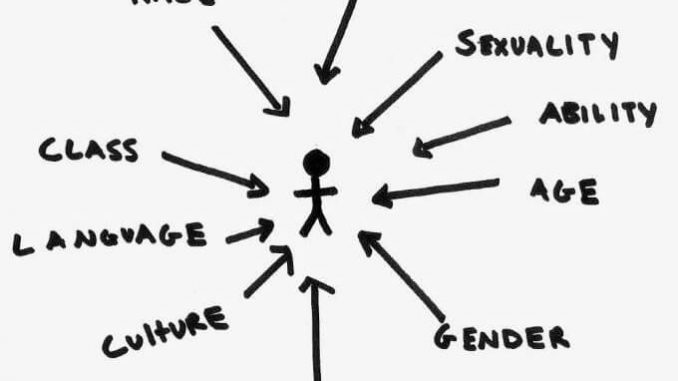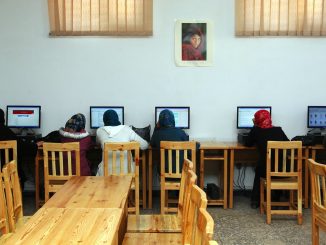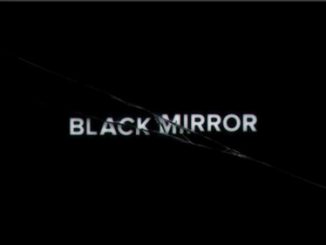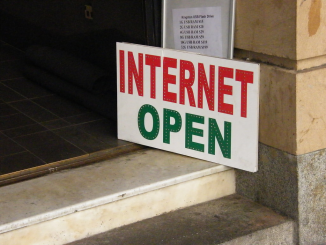
Structural inequality is defined as a situation in which certain groups in society are given relatively unequal and discriminated against based on ethnicity, gender, region, social class, and disability (Dani and Haan, 2008). According to Dani and Haan, these populations tend to come from minority, disadvantaged and marginalized groups in society, who are excluded from society and experience structural inequality because of lack of money and power (2008). This is an important issue that human society has been facing in the development process, and it has also greatly affected the evolution of the Internet. This essay will focus on the discussion of structural inequalities’ impacts on online society from three aspects: social class and gender.
The first point is, the Internet is a place dominated by the elite class. Noble indicates that although by original intention of design and popular belief, the Internet is a more democratic and free space than reality; in fact, the elites are still the dominant group on the Internet, they have more right to speak and control, therefore, they put their own interests first (2018). This creates a vicious circle: the lower classes such as the poor are continually marginalized because they lack economic capacity, power, and social status, making them difficult to obtain the above-mentioned resources from the Internet and other channels to change their disadvantaged status. Open source could be a typical case. Open source is a macro concept of knowledge sharing. Participation in open source could assist individuals to increase their competitiveness in the labour market and signal their quality, thereby gaining favour from leaders and higher salaries (Quiggin and Potts, 2008). Potts considers that another important motivation is open-source practice and communicating with others would offer a free learning opportunity (2008). Elites’ participation in open source could obtain more high-quality resources to achieve more outstanding achievements, while those individuals from the lower class who are not well educated or have difficulty in accessing the Internet cannot make progress, lead to the upper class still governing the Internet.
Leadership diversity in tech (MediaPost, 2020).
In addition, in some major western technology companies, white people and men are the primary components in leadership, and other marginalized groups lack control over the Internet to change their condition, as a result, this vicious cycle is hard to break. It can be seen that the Internet dominated by the upper class is largely influenced by structural inequalities.
Secondly, several large technology enterprises have a monopoly position on the Internet. As commercial companies, they first consider their own interests, this trend turns the Internet into a commercial space.
Thirdly, with the development of the Internet, various online platforms for free speech have become hotbeds for toxic technological cultures that usually promote negative and extreme values associates with structural inequalities. For instance, geek culture prevails in Reddit, it is a subculture that associates with science, video games, novels, Japanese anime, and manga (Massanari, 2017). According to Massanari, the tech-loving nature of geek culture suggests a gender stereotype——only men like technology, and Reddit as a Western social platform is biased in favour of white males. Meanwhile, geek culture also emphasizes a special kind of masculinity: It believes that intelligence is an important factor to reflect masculinity, rather than traditional masculinity such as sports and confident social interaction. Except for the aforementioned features that are barriers to women’s entry into geek culture circles, the content of discussion in the relevant communities is also unfriendly to females: objectification of women as sex objects and stereotypes that demean women, etc (2017). The operating model of Reddit also contributes to the popularity of toxic tech cultures. Subreddit is the core function of Reddit, allows anyone to create online communities based on their hobbies, managed by volunteer moderators (Massanari, 2017). This model of self-regulation has high freedom of speech, which is conducive to the rampant spread of toxic technological cultures. Because moderators are also interested in the communities, they tend not to prevent or even actively participate in the discussion.

In addition to being largely shaped by structural inequalities, the Internet has reinforced it. The most obvious evidence is the regulatory dilemma of the Internet. Gillespie indicates that different from traditional media, a large amount of content is published on online platforms every day, and it is difficult for small teams to complete the review. Therefore, most platforms are forced to allow users to post content without censorship, which makes it easy for negative information to propagate on the Internet. Moreover, even with the help of other artificial measures such as user complaints, completely suppress the diffusion of negative values remains a challenge because malicious user flagging disturbs the censorship and unconscious bias of reviewers cannot be excluded (2017). The anonymity of users and the encryption of Internet connections become a fog for hidden, emboldened people to post extreme values related to structural inequalities on online platforms, with the fluke mind that they would not be held liable (Gillespie, 2017). On the other hand, people live a media life at present. Media has merged with reality, become part of reality, and individuals do not realize that media is separate from their lives in subconsciousness (Deuze, 2011). Consequently, as the mainstream contemporary media——digital media can shape people’s values and behaviour (Castells, 2002). When the Internet is inundated with the ideology of structural inequalities, consumers’ minds would be influenced by it. As a result, the Internet increases such inequalities.
In conclusion, Although the Internet was originally designed to be a space of equality, democracy, and freedom, the fact is, as it developed, the Internet became a place of structural inequality. Because the Internet is the extension and projection of reality, the structural inequality faced by real society has also become the issue of virtual community. The upper class, such as elites and capitalists, dominate the Internet. As one of the disadvantaged groups, women are still not treated equally with men on the Internet. At the same time, the Internet’s characteristics that are difficult to regulate, anonymous and, invisible incites structural inequalities.


